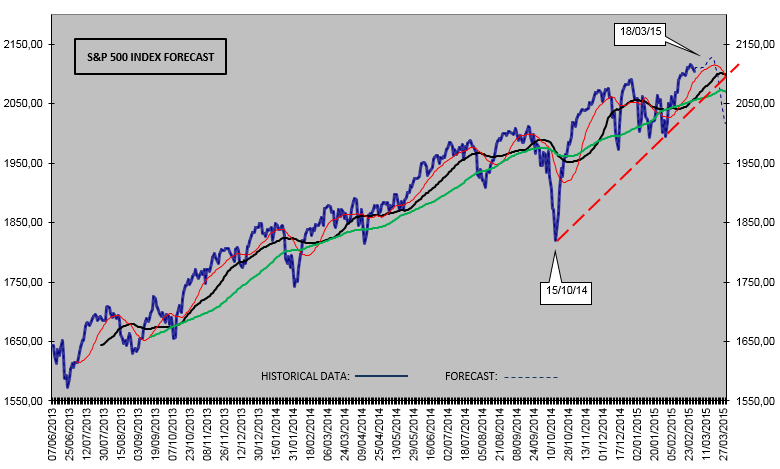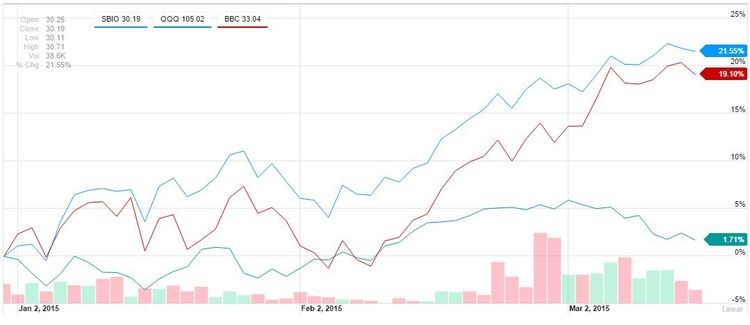Are These the Top Inverse ETFs of 2015
Post on: 12 Апрель, 2015 No Comment

By John Prestbo
A few tips about Treasury inflation protected securities
Some investment analysts are recommending U.S. Treasury Inflation-Protected Securities (TIPS). If you agree, the best way to go about it is with index-based ETFs.
The analysts argue that TIPS, which pay out more as inflation increases, are now reasonably priced. Inflation isn’t a current problem, to be sure, but could become one as central banks wrestle with fast-changing conditions in the financial world. By the time inflation is clearly in view, TIPS will no longer be reasonably priced, they say.
This ounce-of-prevention strategy can be executed by buying TIPS bonds through brokers or from Treasury Direct — presuming you know which ones to select. An alternative, low-hassle approach is to choose one or more TIPS ETFs, which offer instant security diversification and a broad-brush choice of time frame.
Bonds have fixed lifespans, unlike equities. They come in three main types: short-term (typically defined as bonds maturing in 0 to 3 years), intermediate (3-5 years) and long-term (more than 5 years). To implement the TIPS strategy, you need an opinion about when in the future you think inflation could become an issue.
Or not. With a broad TIPS ETF, you hold a portfolio of securities ranging from short to long, and a systematic security-refreshment process (governed by the methodology of the underlying index) that keeps the portfolio on track.
The collective time-to-maturity of a bond portfolio is called its duration, which determines the sensitivity to changes in interest rates. Short-term portfolios fluctuate the least, but also offer the briefest period for inflation to become a problem worth protecting against.
Long-term portfolios afford the most extended inflation protection, but values can be quite volatile as interest rates change — as they are predicted to do. Intermediate portfolios are, of course, in the middle.
This is the knowledge you need as you survey the dozen ETFs specializing in TIPS (excluding the inverse ProShares UltraShort TIPS. There also are variations in management fees and yields to consider. The only consistency among all of them is that their holdings are 100% triple-A rated.
One ETF has the greatest investor acceptance; the iShares TIPS Bond has far and away the most assets — 63% of the total in this table. But it and the PIMCO Broad U.S. TIPS have the highest management fees in the broad segment. The Schwab U.S. TIPS has the lowest fee, but its 12-month trailing dividend yield isn’t the highest.
Duration is really what you should be shopping for to implement this strategy. Barring some calamity, inflation isn’t likely to be painful for at least a few years, beyond the duration of short- and intermediate-term ETFs. The roughly seven-year duration of the broad TIPS ETFs puts them in the sweet spot for effective inflation protection, in my estimation.
Of course, any TIPS bond will provide some inflation hedge, so why worry about duration? Because trading costs, which funds incur but you pay for in addition to management fees, are higher the shorter the duration. Replacing frequently maturing bonds takes more trading and therefore costs you more.
In that respect, a long-term fund might seem attractive. The sole long-term offering in this list, PIMCO 15+ Year U.S. TIPS, has a duration of nearly 20 years. But remember, long-term bonds suffer the most in price depreciation when interest rates rise. That could mean jumping from the trading-cost frying pan into the capital-depreciation fire.

All in all, the broad TIPS ETFs seem to be the right instrument for executing an inflation-hedging strategy when inflation is still a ways off in the future. Even aggressive investors should have some fixed-income ballast in their portfolios, and at this point TIPS are worth considering.
-John Prestbo; 415-439-6400; AskNewswires@dowjones.com
online.wsj.com?mod=djnwires
(END) Dow Jones Newswires
01-25-15 0832ET














